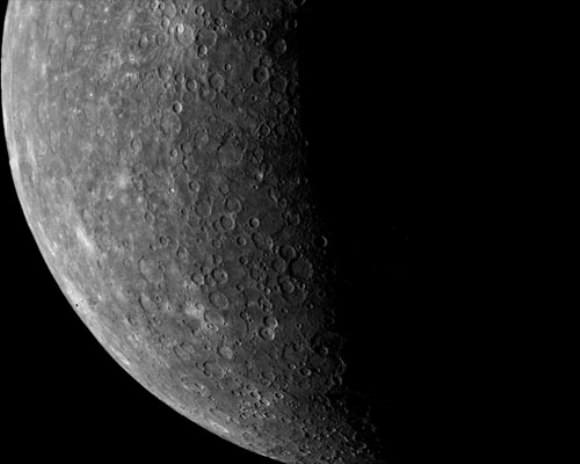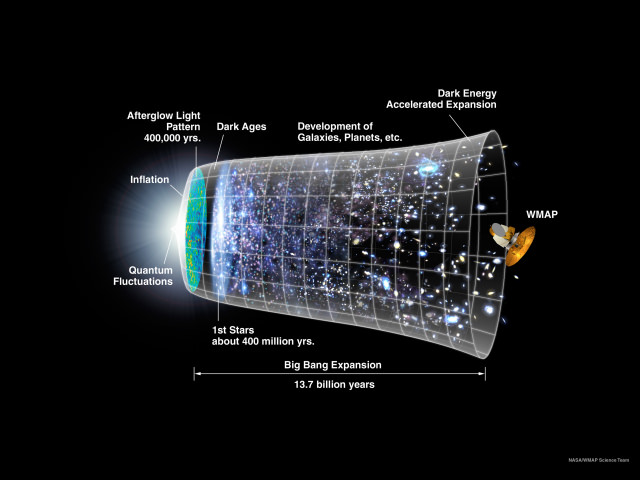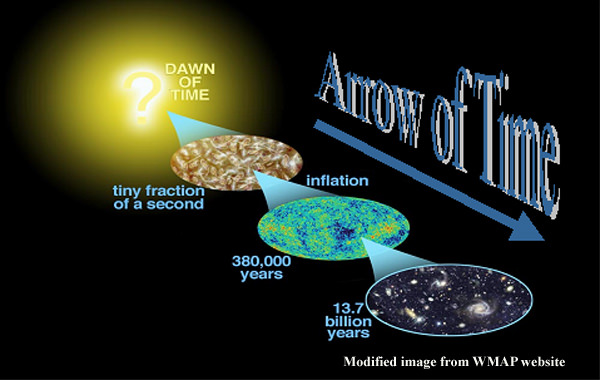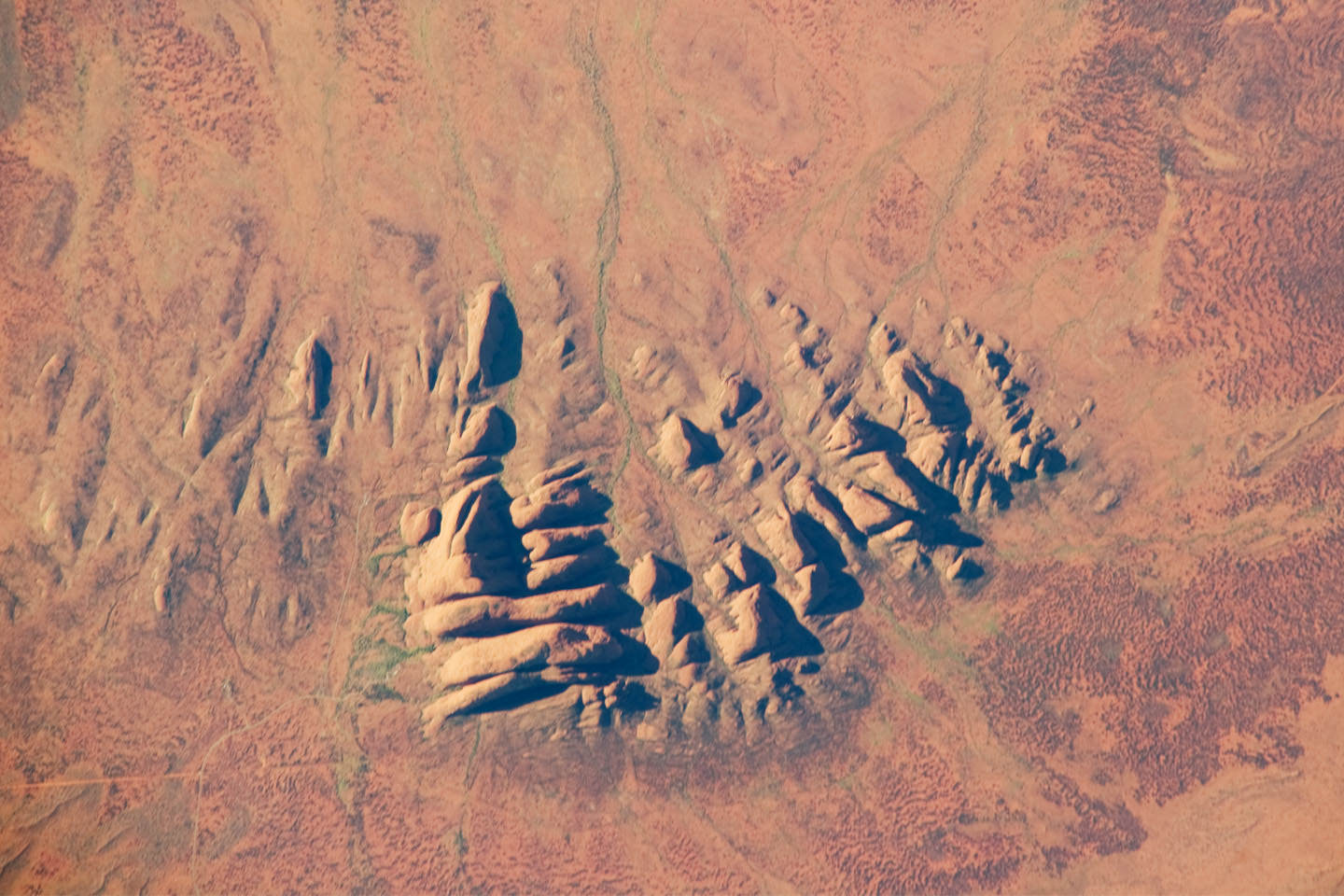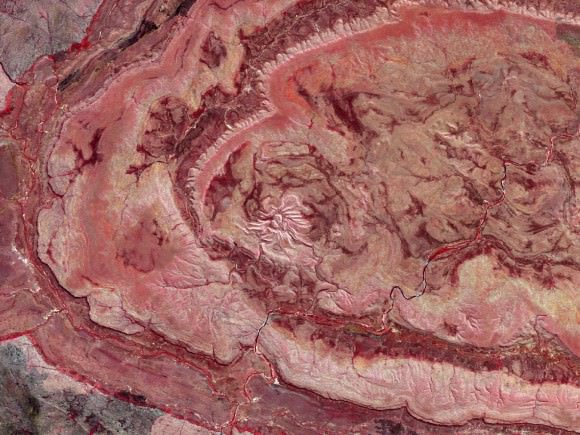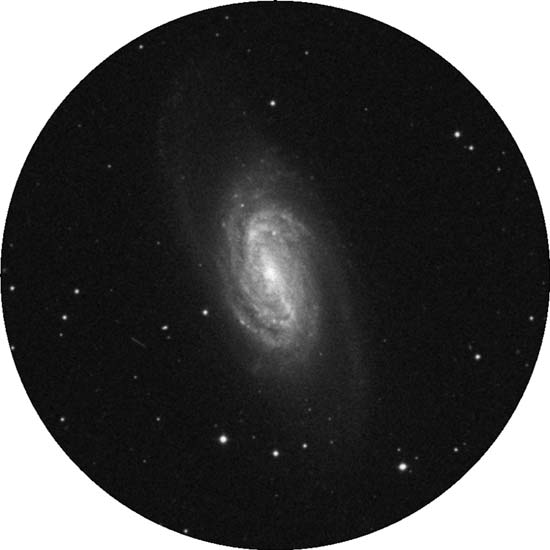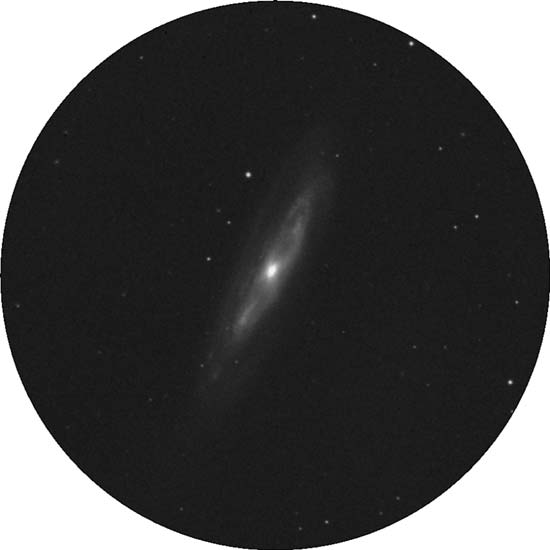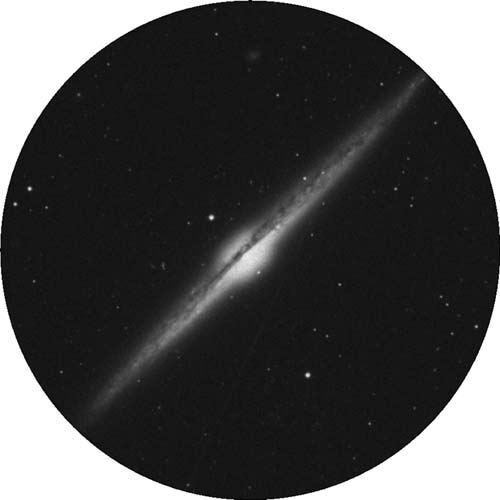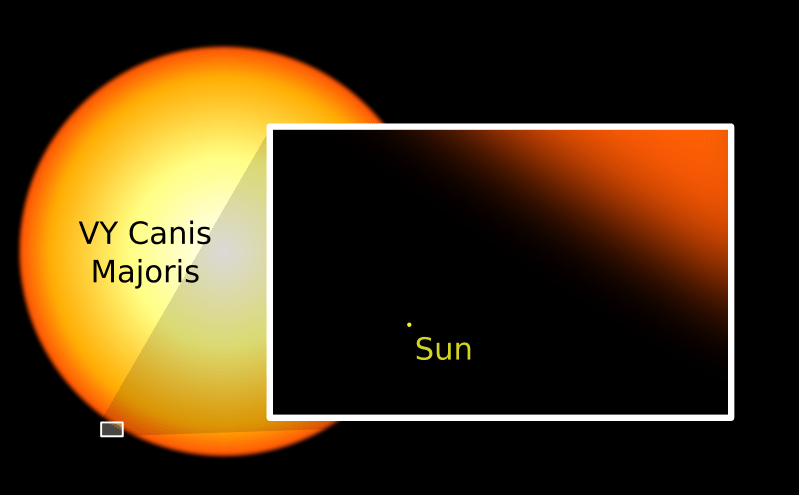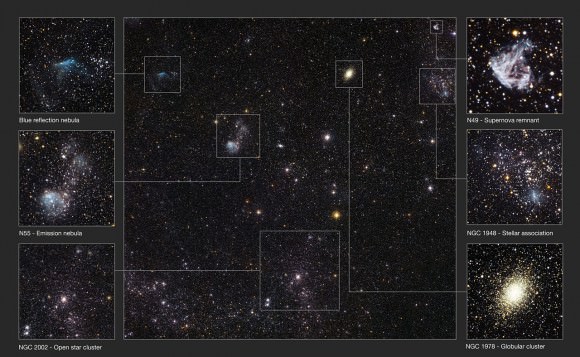[/caption]
For the first time, astronomers have observed in unprecedented detail the processes giving rise to stars and planets in nascent solar systems. Using both Keck telescopes on Mauna Kea in Hawaii outfitted with a specifically engineered instrument named ASTRA (ASTrometric and phase-Referenced Astronomy), Joshua Eisner from the University of Arizona and his colleagues were able to peer deeply into protoplanetary disks – swirling clouds of gas and dust that feed the growing star in its center and eventually coalesce into planets and asteroids to form a solar system. What they saw is providing insight into the way hydrogen gas from the protoplanetary disk is incorporated into the star.
In order to obtain the extremely fine resolution necessary to observe the processes that happen at the boundary between the star and its surrounding disk 500 light years from Earth, the team combined the light from the two Keck telescopes, which provides an angular resolution finer than Hubble’s. Eisner and his team also used a technique called spectro-astrometry to boost resolution even more. By measuring the light emanating from the protoplanetary disks at different wavelengths with both Keck telescope mirrors and manipulating it further with ASTRA, the researchers achieved the resolution needed to observe processes in the centers of the nascent solar systems.
“The angular resolution you can achieve with the Hubble Space Telescope is about 100 times too coarse to be able to see what is going on just outside of a nascent star not much bigger than our sun,” said Eisner. In other words, even a protoplanetary disk close enough to be considered in the neighborhood of our solar system would appear as a featureless blob.
With this new technique, the team was able to distinguish between the distributions of gas, mostly made up of hydrogen, and dust, thereby resolving the disk’s features.
“We were able to get really, really close to the star and look right at the interface between the gas-rich protoplanetary disk and the star,” said Eisner.
Protoplanetary disks form in stellar nurseries when clouds of gas molecules and dust particles begin to collapse under the influence of gravity.
Initially rotating slowly, the cloud’s growing mass and gravity cause it to become more dense and more compact. The preservation of rotational momentum speeds up the cloud as it shrinks, much like a figure skater spins faster as she tugs in her arms. The centrifugal force flattens the cloud into a spinning disk of swirling gas and dust, eventually giving rise to planets orbiting their star in roughly the same plane.
Astronomers know that stars acquire mass by incorporating some of the hydrogen gas in the disk that surrounds them, in a process called accretion, which can happen in one of two ways.
In one scenario, gas is swallowed as it washes up right to the fiery surface of the star.
In the second, much more violent scenario, the magnetic fields sweeping from the star push back the approaching gas and cause it to bunch up, creating a gap between the star and its surrounding disk. Rather than lapping at the star’s surface, the hydrogen atoms travel along the magnetic field lines as if on a highway, becoming super-heated and ionized in this process.
“Once trapped in the star’s magnetic field, the gas is being funneled along the field lines arching out high above and below the disk’s plane,” Eisner explained. “The material then crashes into the star’s polar regions at high velocities.”
In this inferno, which releases the energy of millions of Hiroshima-sized atomic bombs every second, some of the arching gas flow is ejected from the disk and spews out far into space as interstellar wind.
“We want to understand how material accretes onto the star,” Eisner said. “This process has never been measured directly.”
Eisner’s team pointed the telescopes at 15 protoplanetary disks with young stars varying in mass between one half and 10 times that of our sun.
“We could successfully discern that in most cases, the gas converts some of its kinetic energy into light very close to the stars” he said, a tell-tale sign of the more violent accretion scenario.
“In other cases, we saw evidence of winds launched into space together with material accreting on the star,” Eisner added. “We even found an example – around a very high-mass star – in which the disk may reach all the way to the stellar surface.”
The solar systems the astronomers chose for this study are still young, probably a few million years old.
“These disks will be around for a few million years more,” Eisner said. “By that time, the first planets, gas giants similar to Jupiter and Saturn, may form, using up a lot of the disk material.”
More solid, rocky planets like the Earth, Venus or Mars, won’t be around until much later.
“But the building blocks for those could be forming now,” he said, which is why this research is important for our understanding of how solar systems form, including those with potentially habitable planets like Earth.
“We are going to see if we can make similar measurements of organic molecules and water in protoplanetary disks,” he said. “Those would be the ones potentially giving rise to planets with the conditions to harbor life.”
The team’s paper was published in the Astrophysical Journal
Paper: Eisner et al. Spatially and Spectrally Resolved Hydrogen Gas within 0.1 AU of T Tauri and Herbig Ae/Be Stars.
Source: University of Arizona

